The world of motorsport has always been a crucible for innovation, where cutting-edge technology meets the relentless pursuit of speed and safety. In recent years, NASCAR's "Next Gen" car has emerged as a game-changer, particularly with its revolutionary carbon fiber chassis. This bold leap forward isn’t just about enhancing performance—it’s a fundamental reimagining of safety standards in stock car racing.
For decades, NASCAR vehicles relied on steel tube-frame chassis, a design that had proven durable but carried inherent limitations. The shift to carbon fiber represents more than a material upgrade; it’s a philosophical transformation. Carbon fiber composites offer an unparalleled strength-to-weight ratio, allowing engineers to craft a chassis that absorbs and dissipates energy more effectively during impacts. This isn’t just progress—it’s a lifeline for drivers who push the limits at 200 mph.
The science behind NASCAR’s carbon fiber chassis is as fascinating as it is impactful. Unlike traditional steel, which bends and deforms under stress, carbon fiber is designed to fracture in a controlled manner. This controlled disintegration serves a critical purpose: it absorbs kinetic energy that would otherwise transfer to the driver. The chassis acts as a sacrificial structure, crumbling in precise ways to protect the survival cell where the driver sits. It’s a brilliant marriage of materials science and safety engineering.
Early testing results have been nothing short of remarkable. In simulated crashes, the Next Gen chassis has demonstrated a 50% reduction in peak G-forces compared to its predecessor. Real-world incidents during races have further validated the design, with drivers walking away from wrecks that might have caused serious injuries in older cars. This isn’t just theoretical improvement—it’s saving lives and careers in real time.
What makes this revolution particularly impressive is how NASCAR approached the challenge. Rather than simply adopting carbon fiber technology from other racing series, they engineered a solution specifically for the unique demands of stock car racing. The chassis had to withstand the brutal door-to-door contact that defines NASCAR while still providing the safety benefits of advanced composites. The result is a hybrid design that combines carbon fiber’s energy absorption with strategic steel reinforcements in high-impact zones.
The manufacturing process itself is a marvel of modern engineering. Each chassis begins as sheets of carbon fiber fabric, precisely layered in molds that cure under intense heat and pressure. The process requires meticulous attention to detail—a single imperfection could compromise the entire structure. NASCAR has implemented rigorous quality control measures, including CT scans of finished components, to ensure every chassis meets exacting standards before it ever touches the track.
Beyond safety, the carbon fiber chassis has reshaped the competitive landscape of NASCAR. The lighter weight and increased stiffness have led to more responsive handling, giving drivers greater control. This has translated into closer racing and more passing opportunities, delighting fans who crave wheel-to-wheel action. The improved durability has also reduced the frequency of "junked" cars after minor incidents, keeping more competitors in the race and maintaining the spectacle.
The financial implications of this technology shift are equally significant. While carbon fiber chassis have higher upfront costs than their steel counterparts, their longevity and repairability offer long-term savings. Teams can now repair damaged sections rather than replacing entire chassis, a change that’s particularly beneficial for smaller operations with tighter budgets. This democratizing effect helps level the playing field between well-funded teams and underdogs.
Perhaps most importantly, NASCAR’s carbon fiber initiative has set a new benchmark for safety across all of motorsport. The lessons learned here are already influencing other series, proving that innovation in one discipline can raise standards throughout the industry. As motorsport continues to evolve, the Next Gen chassis stands as a testament to what’s possible when safety becomes the primary driver of technological advancement.
Looking ahead, the carbon fiber revolution in NASCAR is far from complete. Engineers continue to refine the design, studying real-world crash data to identify areas for improvement. There’s talk of integrating even more advanced materials in future iterations, with graphene-enhanced composites and self-healing polymers on the horizon. What began as a safety initiative may ultimately redefine how race cars are built across all categories.
For drivers, teams, and fans alike, the message is clear: NASCAR’s commitment to safety innovation has entered a new era. The carbon fiber chassis isn’t just another technical specification—it’s a promise that the sport can become both more exciting and more protective of its participants. In the high-stakes world of motorsport, that’s a combination worth celebrating.
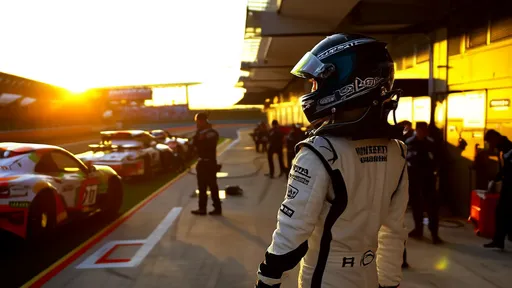
By /Jun 14, 2025
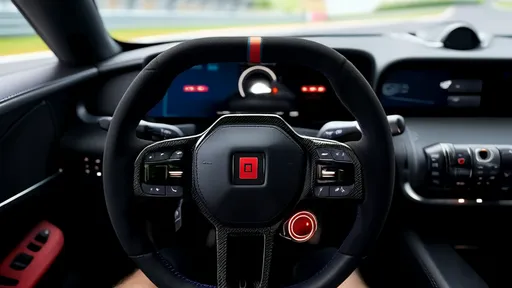
By /Jun 14, 2025
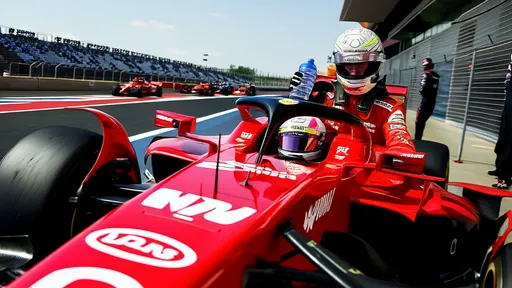
By /Jun 14, 2025
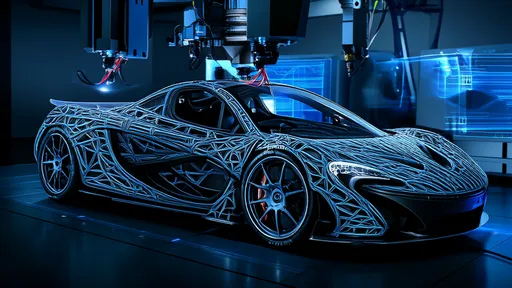
By /Jun 14, 2025
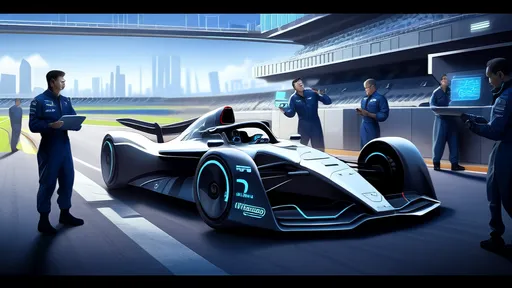
By /Jun 14, 2025
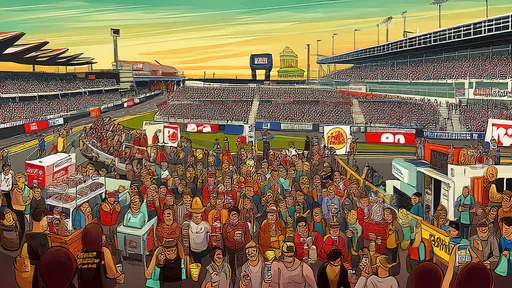
By /Jun 14, 2025

By /Jun 14, 2025

By /Jun 14, 2025

By /Jun 14, 2025
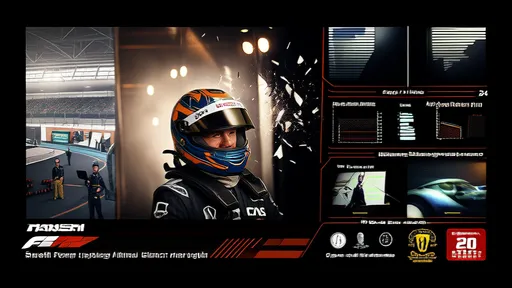
By /Jun 14, 2025
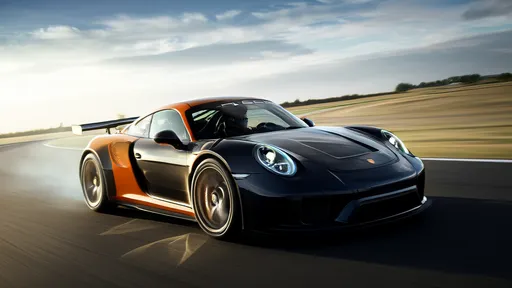
By /Jun 14, 2025
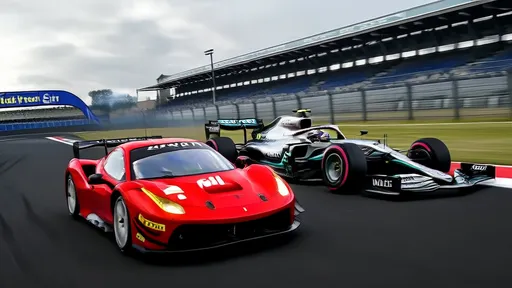
By /Jun 14, 2025
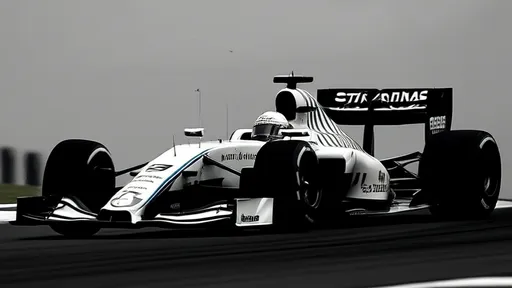
By /Jun 14, 2025
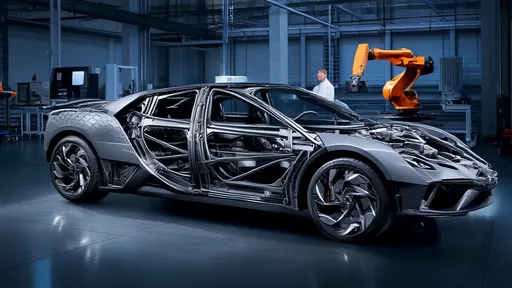
By /Jun 14, 2025

By /Jun 14, 2025

By /Jun 14, 2025
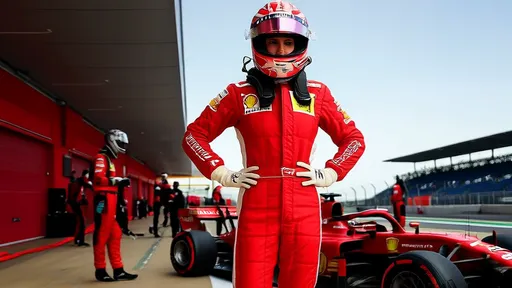
By /Jun 14, 2025